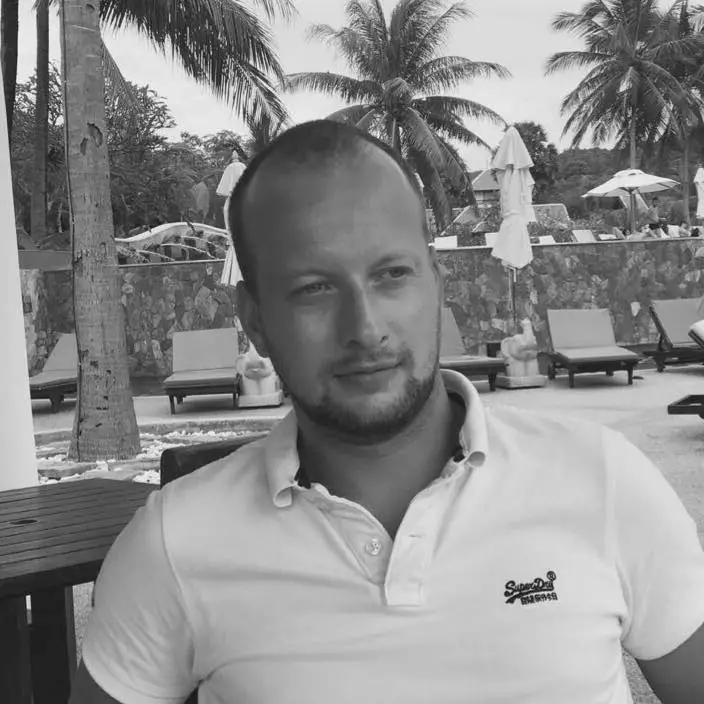Electric vehicle owners face a critical decision regarding charging options: home charging or charge stations near me? Delving into the economics of these choices is crucial for making informed decisions about the cost-effectiveness of each approach.
Advertising links are marked with *. We receive a small commission on sales, nothing changes for you.
Home Charging: Weighing the Pros and Cons

Charging an electric vehicle at home not only offers convenience but also allows for the flexibility of charging at any time. With a Level 2 charger, which operates at higher power levels than Level 1 chargers, the charging speed significantly improves. However, it’s important to note that the installation of a Level 2 charger might involve some upfront costs, including electrical work and equipment expenses. While these costs could be substantial, they often amortize over time due to lower electricity rates during off-peak hours, particularly for overnight charging.
Moreover, home charging can be a personalized experience. Some homeowners opt for solar panels or other renewable energy sources to power their EVs, contributing to a greener and more sustainable charging solution. Additionally, the familiarity and control of your home charging setup offer peace of mind regarding security and ease of access to your vehicle.
Public Charging Stations: Evaluating the Advantages and Drawbacks
Public charging stations, especially those equipped with Level 2 or DC fast charging, cater to the needs of EV drivers on the move. They are crucial for longer journeys, enabling drivers to recharge quickly and continue their trips. However, the costs associated with public charging can vary widely. Some providers offer subscription-based models, pay-per-use plans, or even free charging for specific timeframes or as an incentive for certain vehicle models.
Furthermore, the availability of public charging stations might differ significantly based on geographic locations. Urban areas may have more concentrated charging infrastructure compared to rural or remote regions, influencing the accessibility and convenience of public charging.
An important aspect to consider is the evolving landscape of charging standards. As technology advances and newer, faster charging standards emerge, public stations may need upgrades to accommodate these changes. This could potentially affect the cost structures or require modifications in the charging infrastructure, impacting users’ experiences and expenses.
Making an Informed Choice: Considering Your EV and Lifestyle
When making the choice between home and public charging, understanding your vehicle’s specifications and your driving habits becomes pivotal. For example, larger battery capacities in some electric vehicles make overnight charging at home more feasible for daily use. On the other hand, occasional long trips might necessitate access to a robust network of public stations to alleviate range anxiety.
Factors such as the availability of tax incentives, rebates, or special tariffs for EV charging could also influence the economic considerations between home and public charging.
To Conclude
The decision regarding charging options for an electric vehicle involves a holistic evaluation of convenience, cost-effectiveness, environmental impact, and infrastructure accessibility. It’s not merely a choice between home or public charging but rather a balance that aligns with individual preferences, lifestyle, and the evolving landscape of electric vehicle technology and infrastructure.

Sebastian loves convertibles and drove a BMW 335i for a long time (325 hp is just a dream). Today, with two children, he is more concerned with SUVs and family-friendly vehicles. In addition to an Audi A4 Avant, he also drives a Cupra Formentor VZ – even as a family man, you can’t do without speed. Get to know Sebastian better and visit the About Us page.
Advertising links are marked with *. We receive a small commission on sales, nothing changes for you.
